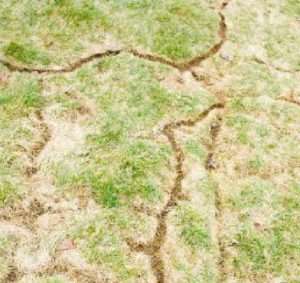Comprehensive Overview to Reliable Vole Pest Control: Infestation Identification and Treatment Techniques
In the realm of reliable parasite control, vole problems present an one-of-a-kind challenge that demands a critical approach. By checking out the subtleties of vole actions, recognizing crucial indications of problem, and assessing a range of control choices, one can create a thorough method to fight these evasive insects.
Understanding Vole Habits
Vole actions is characterized by their delving habits and rapid recreation rates, making them a difficult parasite to regulate successfully. Their fast reproductive rate further makes complex control initiatives, with women qualified of producing numerous trashes in a single year, each including numerous children.
Recognizing vole behavior is critical for effective bug control approaches. By identifying their burrow places, checking feeding areas, and carrying out targeted control techniques, such as capturing or habitat adjustment, vole problems can be managed efficiently.
Indications of Vole Infestation

Prevention Methods
Carrying out efficient prevention strategies is essential in reducing vole infestations and safeguarding plant life from their devastating feeding behaviors. To stop vole invasions, it is vital to start by eliminating potential food resources and sanctuary.
Consistently inspecting the property for indications of vole activity, such as paths and delve openings, is important for very early discovery and punctual activity. If vole task is believed, consider utilizing repellents or catches strategically positioned near their paths.
Non-Lethal Control Techniques
To properly manage vole populations while focusing on gentle approaches, non-lethal control strategies offer functional solutions for lowering vole damages in gardens and landscapes. One effective method is using physical barriers such as equipment fabric or cable mesh to secure susceptible plants. These barriers can be hidden at the very least 12 inches deep and bent at a 90-degree angle to avoid voles from delving underneath. In addition, habitat modification can discourage voles by lowering their liked food resources and concealing places. Keeping a well-mowed yard, removing particles, and keeping greenery trimmed can make the environment less appealing to voles.

Lethal Control Options
One effective technique for attending to vole infestations in yards and landscapes entails the strategic usage of lethal control choices. When confronted with a severe vole invasion that non-lethal approaches have stopped working to contain, applying lethal control procedures becomes vital. One typically used lethal control choice is making use of snap catches. These traps are developed to promptly and humanely eliminate voles upon activation, making them a prominent option for many garden enthusiasts and landscapers. To enhance the effectiveness of breeze catches, it is advised to put them in areas where have a peek at these guys vole task is high, such as along runways or near burrow entries. One more lethal control alternative is the use of harmful lures particularly formulated to target voles. These lures contain toxin that is consumed by the voles, leading to their eventual death. Caution must be exercised when making use of toxic baits to prevent harm to non-target pets or pet dogs. Overall, when employing dangerous control options, it is necessary to do so properly and according to local regulations to properly manage vole invasions.
Final Thought
Finally, effective vole bug control needs an extensive understanding of vole behavior, recognition of indications of infestation, execution of avoidance strategies, and utilization of you could try this out both deadly and non-lethal control techniques. By integrating these strategies, individuals can properly manage vole populaces and safeguard their home from damages. It is essential to resolve vole problems immediately to avoid more issues and decrease the influence on the surrounding setting.
Offered the intricate passage systems and rapid recreation prices characteristic of voles, acknowledging the indicators of vole infestation ends up being important in efficient bug control. One of the primary signs of vole visibility is the presence of surface runways or tracks in yard or snow, usually about 1-2 inches broad, developed as voles take a trip between their burrows and food resources.To effectively manage vole populations while prioritizing gentle techniques, non-lethal control strategies use functional remedies for reducing vole damage in landscapes and yards.One efficient technique for resolving vole problems in landscapes and yards entails the critical usage of dangerous control alternatives. vole yard damage.In verdict, reliable vole parasite control calls for a comprehensive understanding of vole behavior, recognition of indications of invasion, application of prevention check out here techniques, and usage of both lethal and non-lethal control methods